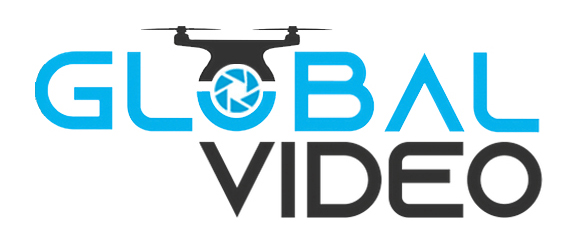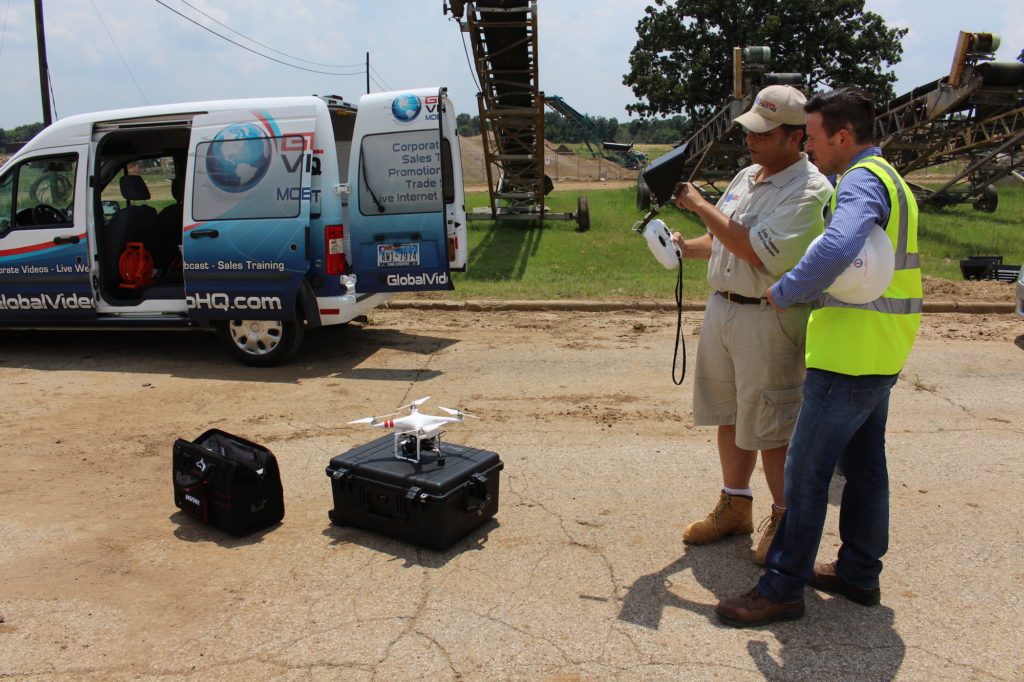Any seasoned drone pilot will tell you that flying a drone is easy. The functionality of flight controllers is fundamentally the same, even for highly advanced commercial drone platforms. Develop dexterity on the sticks and quick reflexes, and you’re good to go in the field. But what most people outside the UAV industry don’t realize is that flying drones is only part of the job. Here’s a brief overview of everything involved in working as a remote pilot, and what it really takes to succeed in the field.
The Right Credentials
To become a commercial drone operator under the FAA’s Small UAS Rule (Part 107), an individual must first obtain a Remote Pilot Certificate from the FAA. This requires a comprehensive knowledge of the regulations, operating requirements, and procedures for safely flying drones, and passing the initial aeronautical knowledge test, “Unmanned Aircraft General – Small (UAG).” Licensed drone pilots must also complete specific online training courses to keep their aviation knowledge up-to-date and be recertified by the FAA every two years.
Learn more about the Remote Pilot – Small Unmanned Aerial Systems Airman Certification Standards on the FAA website.

Global Video founders Craig and Leslie Thompson carry a DJI S900 hexacopter during a shoot in 2016 at The Star, world headquarters and practice facility for the Dallas Cowboys, in Frisco, Texas.
The Right Gear
Most commercial drone pilots own their own gear, even if they are working for a larger drone services provider. That means they need to stay on top of the latest advancements in both UAV platforms and ancillary equipment, such as monitors, cameras, sensors, and battery charging stations.
In addition, the drone pilot needs to do routine maintenance checks on every component of a drone, from the rotors to the hull, landing gear, gimbal and batteries, to reduce the risk of any incidents during flight. Because UAV are essentially flying computers, the drones themselves, along with the controllers and monitors, also require frequent firmware and software updates. Just like when updating an operating system on a laptop, things can go wonky. As a result, the pilot needs to allocate time to test all components in a safe environment after each update to further minimize any risk.
Remote pilots also spend significant time prepping their gear before each job. This includes charging enough batteries for the estimated flight time and a few extras for redundancy, prepping SD cards and portable hard drives, and even packing a back-up drone, should the primary drone have any issues. Depending on the type of project, the pilot might also need to pack an RTK station and tripod, aeropoints, safety cones, an external monitor, or other job-specific gear.
The Right Permissions
Prior to heading out on a shoot, a licensed drone pilot also has to ensure they have all necessary permissions to fly. These may include special waivers from the FAA to operate a drone in controlled airspace, as well as permissions to access the right-of-way or job site. Projects in industrial sectors, such as capturing drone data for construction, energy, and mining projects, also may require the pilot to wear personal protective equipment. Knowing emergency protocols and staying abreast of changing weather conditions likewise are vital responsibilities for UAV pilots on the job.
Company founder and former chief drone pilot Craig Thompson shows a client the view in the monitor during a shoot in 2014, the year Global Video was launched.
The Right Perspective
Technological advancements combined with the integration of drones for data capture across various industry sectors has created a thriving career path for those who want to fly drones professionally. Many prospective UAV operators are attracted to the variety of work, the opportunity to travel, and the chance to get paid to spend time outdoors. As with other technical professions, however, working as a drone pilot takes discipline, good communication skills, the diligence to stay on top of both new technologies and regulatory changes, and a rigorous commitment to safety. For those with the right perspective and a strong work ethic, the sky’s the limit.
 972-318-2811
972-318-2811

